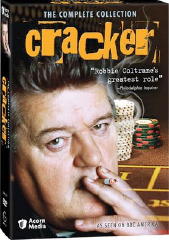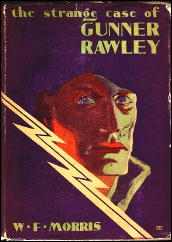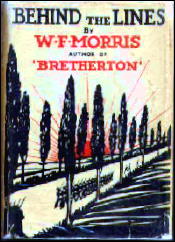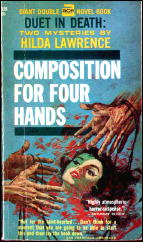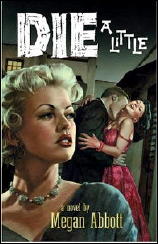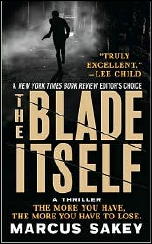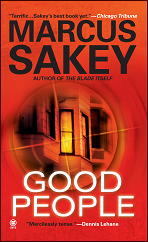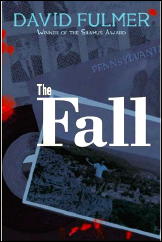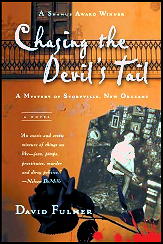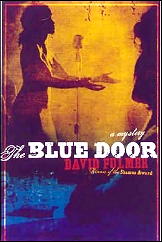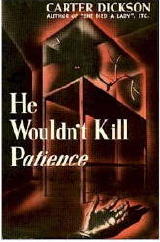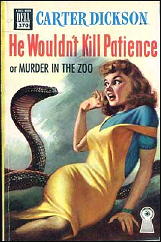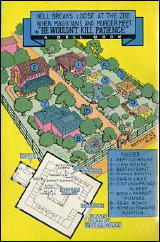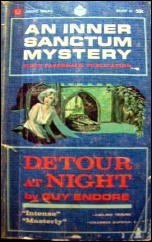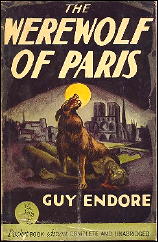Sat 3 Jul 2010
Reviews by L. J. Roberts
ANDREW GREIG – Romanno Bridge. Quercus, UK, hardcover, March 2008; softcover, October 2008.
Genre: Suspense. Leading characters: Kirsty Fowler and an ensemble cast; 2nd in series. Setting: UK/Europe.
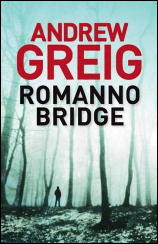
First Sentence: A man on a motorbike finally came to the end of the road.
Journalist Kirsty Fowler is told a story by an elderly gentleman, Billy Mackie, in a retirement home. What she’s told is that copies of Scotland’s Stone of Scone, or Coronation Stone, have been made and copies hidden.
She also learns another, much older stone, the Stone of Destiny, the true coronation seat of Scotland’s oldest kings. These stones have been protected by three men, and now their descendants, known as Moon Runners and identified by a heavy silver crescent-shaped ring containing a peridot.
Someone named Adamson, a very nasty knife-wielding villain, is after the stones, and Billy is murdered shortly after passing his ring on to Kirsty. Now it’s up to Kirsty and her friends to find and protect the stones.
Dear Authors: If you are writing a sequel, please do not assume the reader has read the prior book(s). Unfortunately, that oversight was, in large part, the reason why I did not particularly care for this book.
There were a lot of characters, but it isn’t until almost the end of the book we really understand that many of them had all worked together before. Without that information, their coming together now really didn’t make much sense.

Even had that not been the case, or perhaps because it was, the characters were not well developed; I had very little empathy or even liking of them. The only two characters who did seem significant were Billy, who was literally short lived, and Adamson, a completely sociopathic killer.
You do eventually learn about the characters, but by the time you do, it’s almost too late to care about them. There were huge coincidences. Everyone seems to make just the right connections and find just the person they are looking for with unrealistic ease.
You’re running from a killer and you just happen to pass the bus stand where somewhere from your last adventure just happens to be standing?
There are positive elements to the story. The opening is very visual and compelling. The premise of the story is intriguing, and the suspense is effective and palpable. The author’s voice is quite good, with touches of humor:

“However, they do not keep the feet warm or press against one’s back in the night.”
I laughed aloud at this and realized my cats perform the last two of those functions. Although there are a lot of words and expressions which are unfamiliar to me as an American, the context made their meaning clear so I didn’t feel I’d missed anything.
It wasn’t a non-stop read. It took me a couple days, but I was never tempted to not finish the book. Greig’s style is quite good, but not good enough that I’m likely to read another book by him.
Rating: Okay.
Editorial Comment: The earlier book in this series was The Return of John MacNab (1996), a retelling (in modern dress) of John Buchan’s John MacNab (1925). A review of Return, the newer book, appears here (in Lowland Scots).
